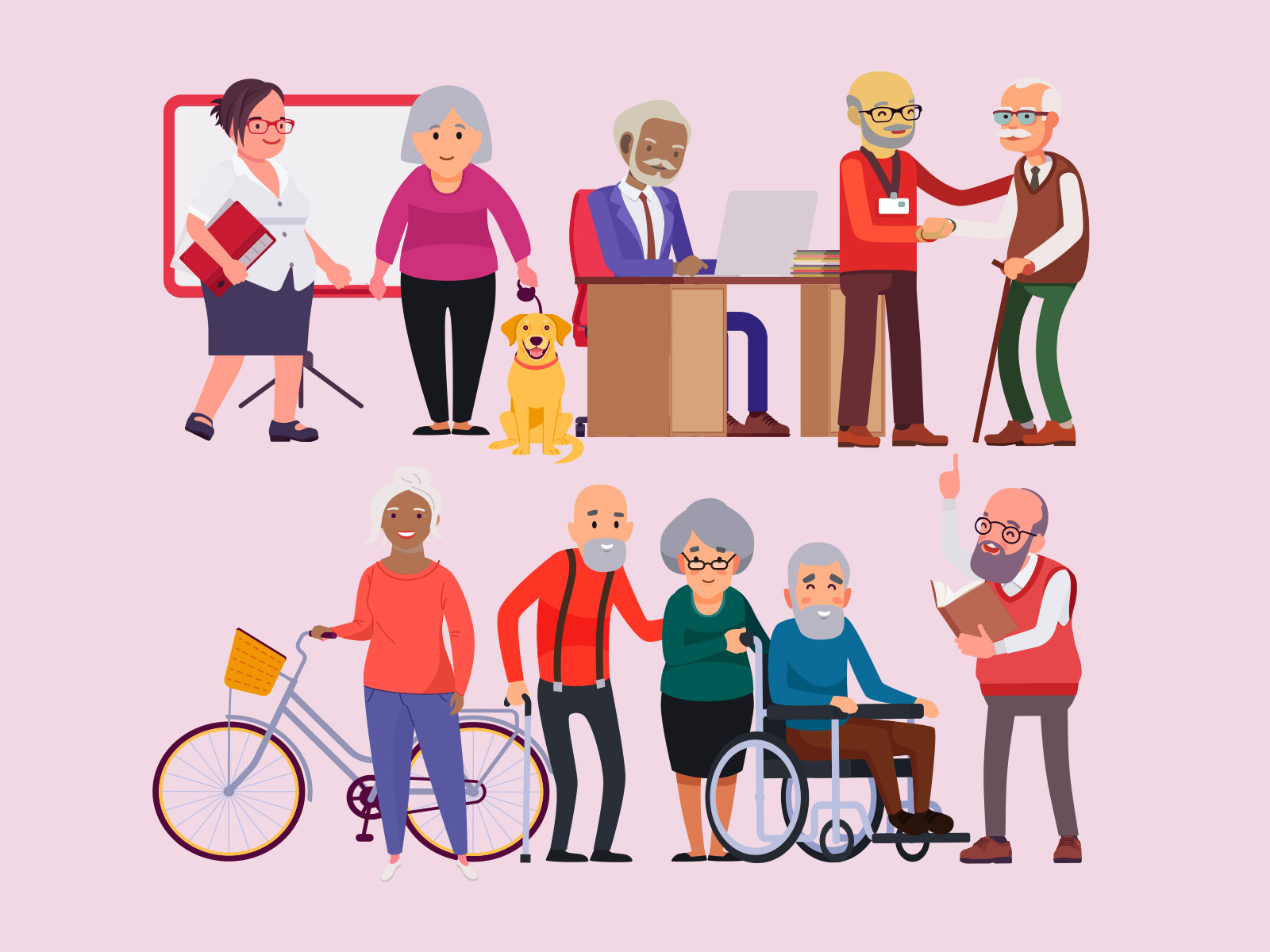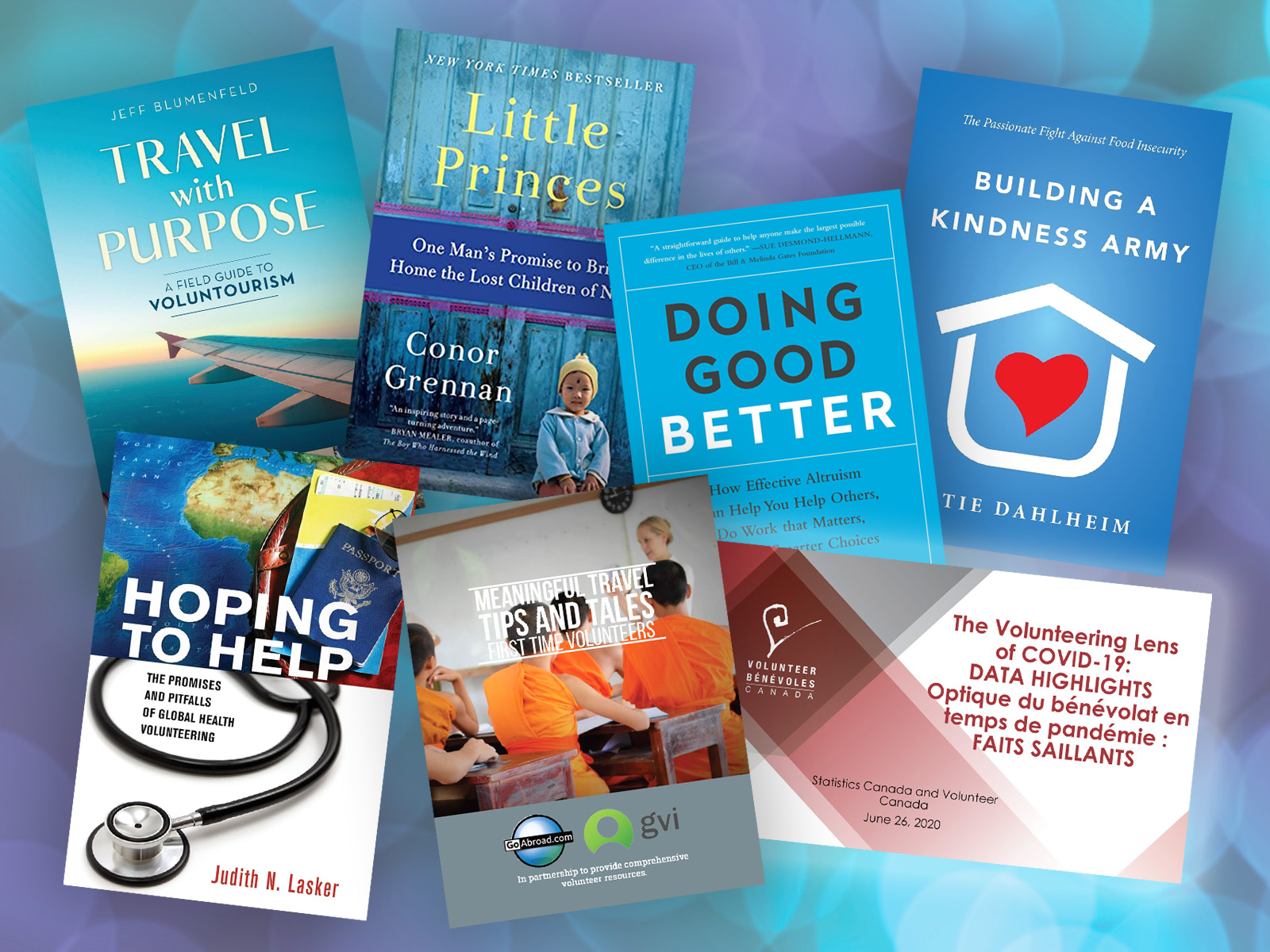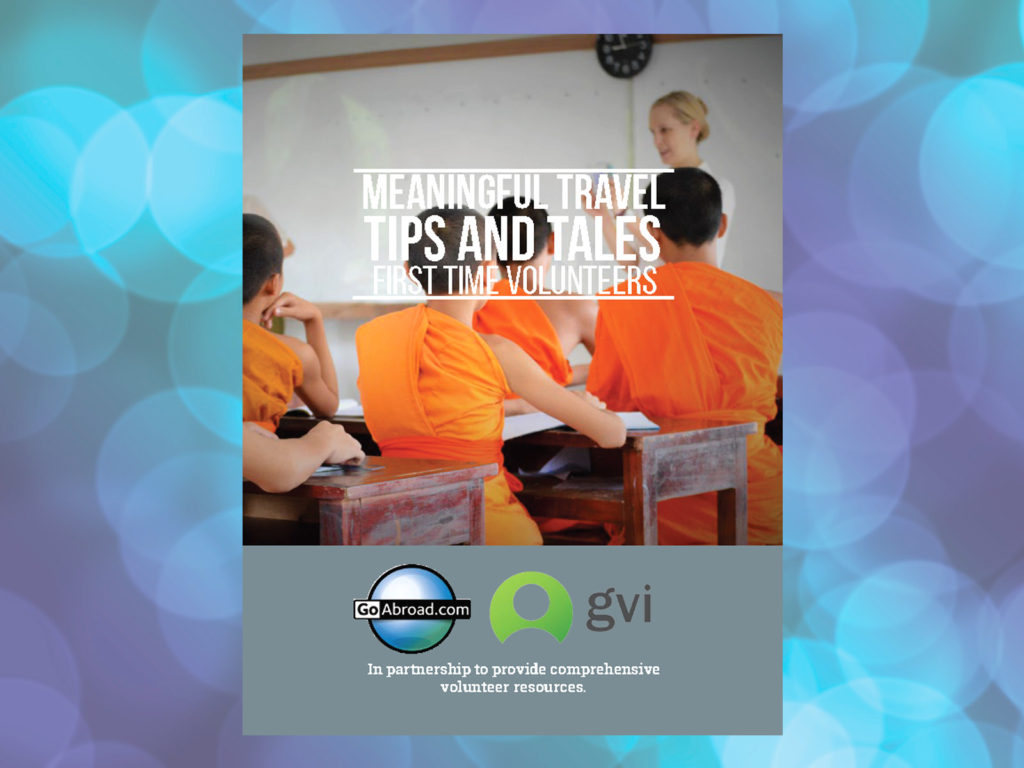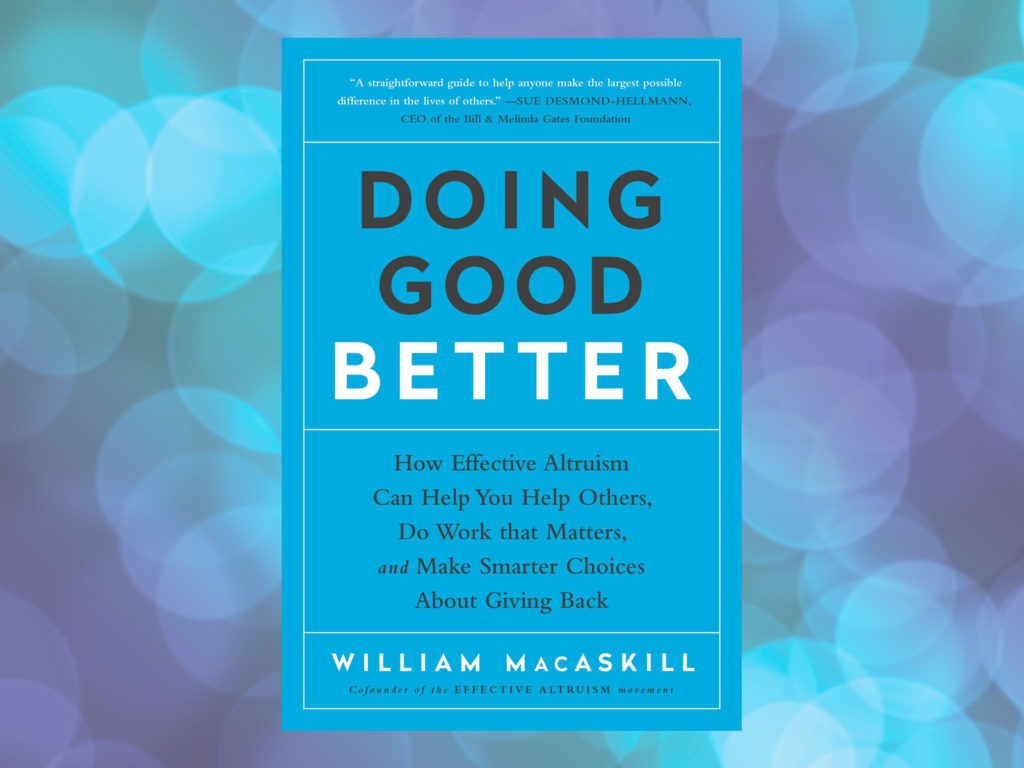Skills, time and a giving heart
Worried or unsure about what you have to offer as a volunteer?
The good news is that most community organisations are looking for skills that you already have. And they’re the same ones businesses are looking for in employees—transferrable skills.
So, what are the key attributes that organisations are looking for in their volunteers today?
Reliability
Community organisations plan around volunteers turning up and people in our communities rely on the programs they deliver. So, being reliable is a hugely valuable quality.
Interpersonal skills
Going in to any new environment requires you to engage with new people. Volunteering often exposes you to people from all walks of life, so having great interpersonal skills that shows you can adapt to different situations and means that you are sure to do a great job.
Ability to learn and learn quickly
The first time you volunteer, you need to learn and learn quickly what is expected of you. Sound familiar? Has your boss ever asked you to do something outside of your job description? Or remember that feeling when you start in a new workplace and everyone is talking in the industry acronyms? You have to adapt and move fast.
Volunteering is no different and is a great way to not only use but also continue practicing these skills.
Problem solving
Unlike some other business scenarios where there’s a team of people trying to solve a problem, that’s not always the case in a community organisation. Your ability not only to problem solve your way through any challenges you face, but also to suggest new ways for that organisation to approach things, can extend your impact beyond the volunteer activity itself.
So, when you are looking for a volunteer opportunity, think about what you’ve learned in past situations and how you might apply it now. What are your strengths and skills you want to develop further?
Fun and friendly
While tasks assigned are often chock full of “to do’s,” volunteers are often looking to associate with likeminded individuals who are also interested in having fun and meeting new people while supporting a cause that’s near and dear to them. When you sign up to begin volunteering, you usually find approachable people who will do their best to welcome you onboard and make you feel comfortable.
Putting your best foot forward and reciprocating will be well worth your while as this is how some wonderful new friendships are formed.
Source: SEEK Volunteer. volunteer.com.au
Questions you might be asked…
Charities and not-for-profits are often keen to interview candidates. If you’re serious, it’s best to prepare for your meeting as you would for a job interview. Here are a few sample questions:
1) Why would you like to be a volunteer here? This simple question can yield valuable information about your motives and interests for seeking work with an organization. Try to link what you hope to gain from volunteering with the organization’s interests. For example, if you are looking to eventually be hired let them know. They might be interested in hiring from current volunteers.
2) Tell me what you’ve really enjoyed and a part that you wish had been different?
With this question, the recruiter is looking to learn more about the kind of volunteering you’ve done and get a sense of your commitments. Let them know if you’ve done work within the sector before or if volunteering with them will entail new experiences for you. They can then determine what kind of onboarding and training will be most useful.
3) Why do you think we’ll be a match for you?
They will already have a sense of your skills and experiences based on your resume, but this is your chance to articulate the strengths and abilities you bring to this opportunity specifically. There may also be experiences that you didn’t list on your resume, but nonetheless set you up for success as a volunteer for their organization.
4) How much time would you like to volunteer?
It’s important that the time you are able to contribute aligns with and meets the organization’s needs. Be specific. Part-time for you might mean an hour or two, but for them it could mean four to five hours.
5) Tell me about a time when you were overwhelmed by your to-do list.
The ability to adapt to changing work demands is an important quality. They may also follow up with questions like, “What would you do differently if this situation happened again?” This gives you an opportunity to show your ability to reflect and grow from your past experiences.
Keep in mind that the recruiter might have different variations of these questions that cater to their organization’s specific needs.






































